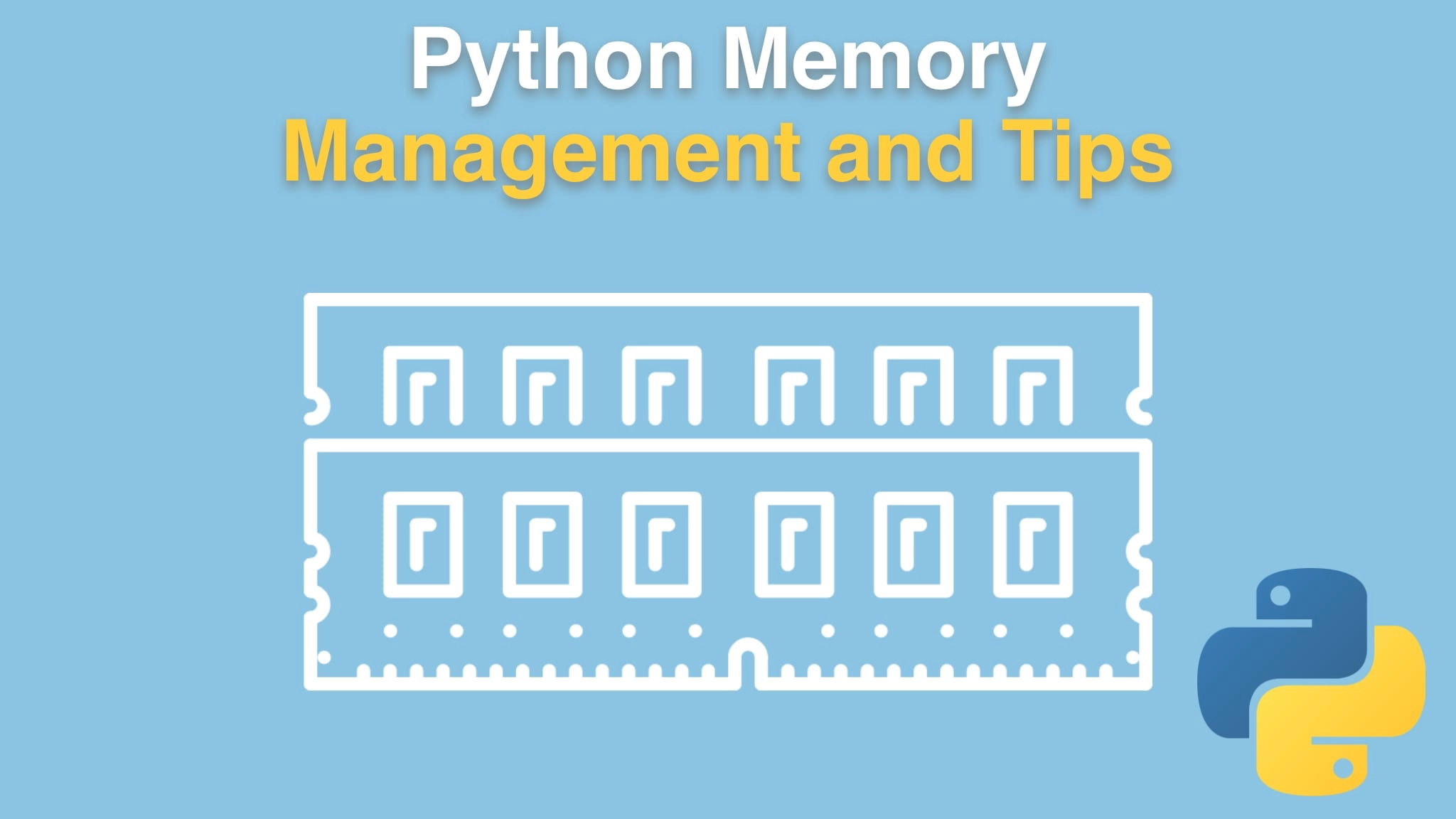Python Memory Management and Tips Transcripts
Chapter: Memory and classes
Lecture: Is it a crowd?
Login or
purchase this course
to watch this video and the rest of the course contents.
0:00
If this was the entire program, or at least the entire usage of person, we're done. There's nothing really we gotta worry about,
0:07
but we're exploring memory and how that works. So we want to make a bunch of these things, right?
0:12
So let's go and create a function called "create_a_crowd()" and it's gonna return a list of person. I want to explore this in two ways.
0:26
First, how long does it take to actually create the crowd? And then we're going to do it.
0:30
So first, let's just write like this, we're gonna return a list expression here, were gonna
0:35
create a person, it doesn't really matter what values we put in here. I'll just say first and last, and this will be "datetime.datetime.now()",
0:49
and let's say they make $5000 a year. Sure, there would be some variation, but honestly, it doesn't matter.
0:54
Then we'll just say "for whatever in range from 1 to 100,000" and let's go over here and say "crowd = create_a_crowd()".
1:09
You're gonna see that it runs. It does. Let's print out the length of crowd and the first item of crowd. There we go. We have, oh, we're off by one.
1:22
We have 99,999 and we have a "PersonNaive" object, even though, of course, we said person, currently the implementation of that is what
1:31
it is. So let me do a plus one, or we could more easily do it like this I guess, from zero. There we go.
1:39
There's our 100,000. Alright, we've created crowd, Now the next thing to ask is how much memory did we use and how long did it take?
